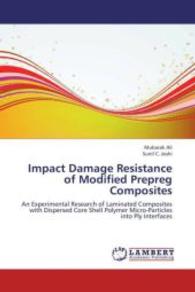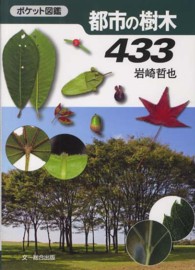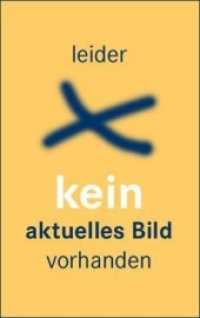- ホーム
- > 洋書
- > ドイツ書
- > Mathematics, Sciences & Technology
- > Technology
- > mechanical engineering & production engineering
Full Description
This open access book compiles the groundbreaking research conducted by the Collaborative Research Center (CRC) 871, centered around the "Regeneration of Complex Capital Goods."








